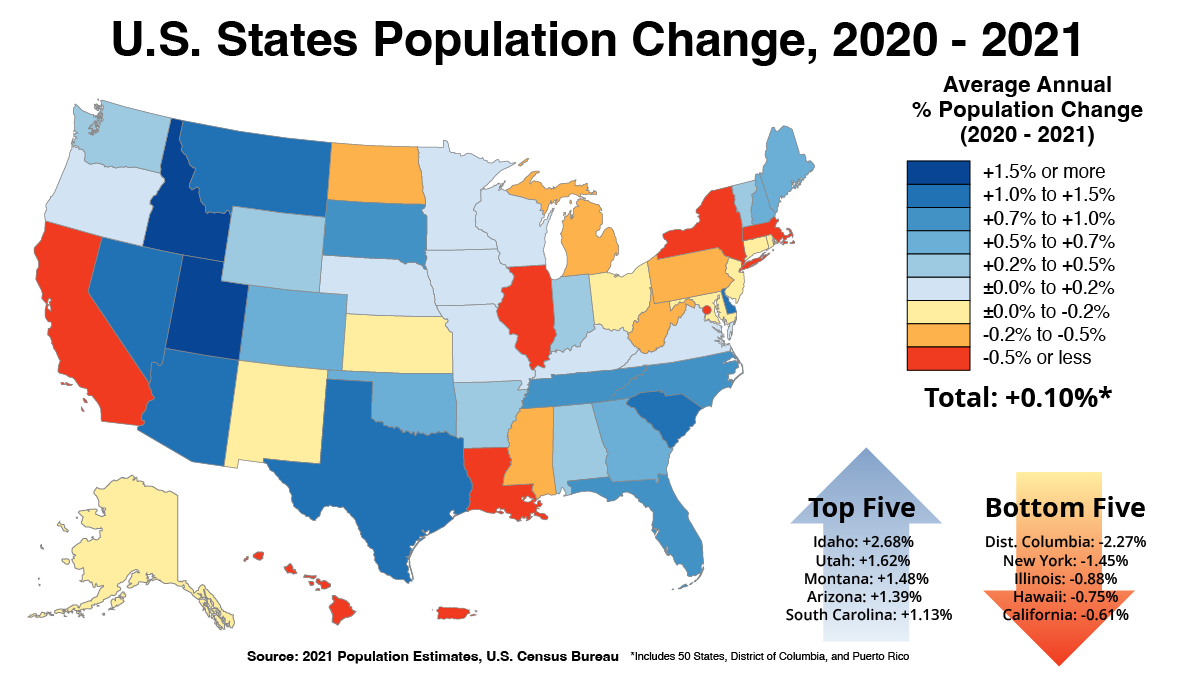The Democrats’ False Victory
For all their cautious optimism earlier this week, a mild Midterms victory may prove the last thing the Democrats need. If they had performed as predicted, the Democrats and their media adjuncts would now be busily dissecting their defeat. But what has to be considered a lost Republican opportunity — gaining little in a country where lifespans are now dropping — also means that the Democrats will be slower to address their weaknesses, and may be forced to accept the unpopular Joe Biden as their leader in 2024.
With no sign of a Republican resurgence, the Democrats will likely be lulled into thinking that Biden’s polarising agenda is a vote-winner, in the same way the conspiracy-minded MAGA wing of the GOP refuses to move on from 2020. Until it’s resoundingly disproved in the ballot box, stridency tends to whip up your base: Trump’s supporters have become, as the President suggested, “semi-fascist”, while his political mentor, South Carolina’s James Clyburn, goes further, decrying the GOP as the architects of a Nazi state.
When Democrats performed poorly in the past, they were forced to rethink their politics. After Walter Mondale suffered a landslide defeat to Reagan in 1984, the Democratic Leadership Council was set up to steer the ship towards the centre — and ultimately supported both a young Bill Clinton and, to an extent, Biden himself. In turn, the DLC was inspired by the moderate Coalition for a Democratic Majority, founded after Nixon’s trouncing of McGovern in 1972. Today, however, it’s hard to say that now is the time for a new political vision when virtually all the high-profile blue state Democrats won, sometimes by wider than expected margins.
So, rather than using the next two years to regroup and craft a political programme that could win the next election, the Democrats now appear stuck with a weak leader who appears unfit to deal with the global challenges that will define America in the coming decade. Internally, too, the Democrats look increasingly unstable. A stronger-than-expected Midterms performance doesn’t mask the fact that the progressives remain a dominant faction in the party — with an associated agenda that, outside of deep blue-college towns and core cities, commands remarkably low levels of support, as Barack Obama and others have warned.
Sticking to such a programme threatens the party’s already weakening hold on working-class voters, in particular those threatened by climate policies. Over time, the economic implications of Biden’s green agenda may be obvious, but for now they are hidden amid massive deficits and increased transfer payments. However, as Democratic strategist Ruy Teixeira has noted, in the longer run, the party’s emphasis on “de-growth” and austerity is unlikely to attract middle and particularly working-class voters. Already, the political implications of climate policy have ruined the Democrats’ best chance to take the GOP seat in Ohio. Their candidate Tim Ryan may have claimed to support fracking, but his backing of the Pelosi Congressional agenda proved disastrous in a state whose economy is fueled by natural gas production and hopes to attract new investment, including a possible $20 billion new Intel chip plant in the Columbus suburbs. In Florida, meanwhile, Ron DeSantis won heavily in Latino, historically Democratic regions.
Read the rest of this piece at UnHerd.
Joel Kotkin is the author of The Coming of Neo-Feudalism: A Warning to the Global Middle Class. He is the Roger Hobbs Presidential Fellow in Urban Futures at Chapman University and Executive Director for Urban Reform Institute. Learn more at joelkotkin.com and follow him on Twitter @joelkotkin.
Photo credit: Gage Skidmore via Flickr under CC 2.0 License.

